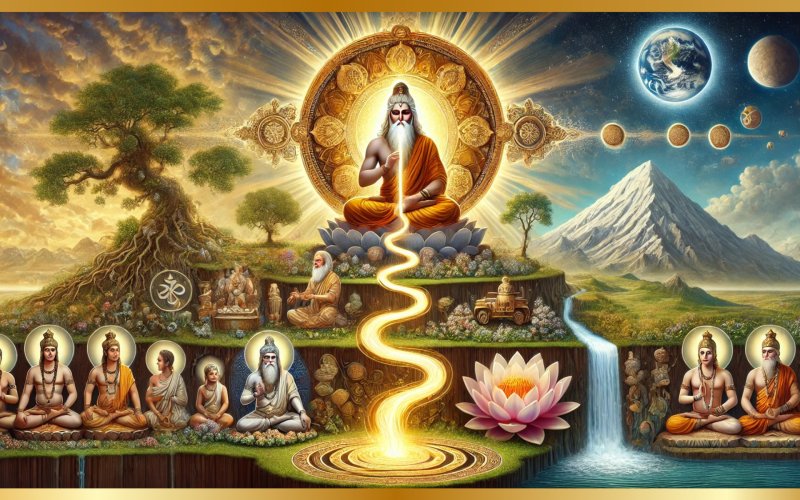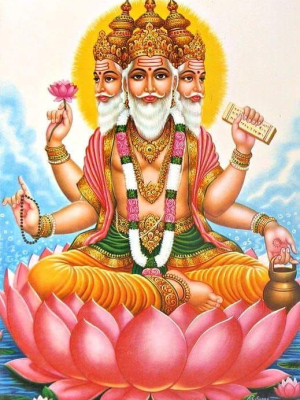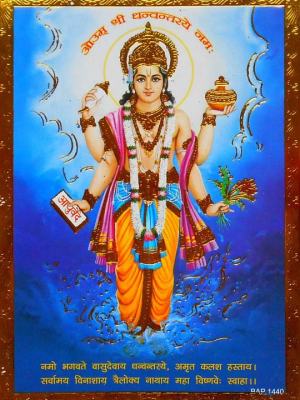Evidence of Ayurveda's Existence : Before the Ramayana and Mahabharata
Ayurveda predates both the Ramayana and the Mahabharata, with its roots tracing back to the Vedic period (circa 1500–500 BCE). While the Ramayana and Mahabharata are considered Itihasas (historical epics) with narratives primarily focused on dharma and the lives of their central characters, Ayurveda emerges as a more systematic and scientific discipline deeply embedded in the Vedas, particularly the Atharva Veda.
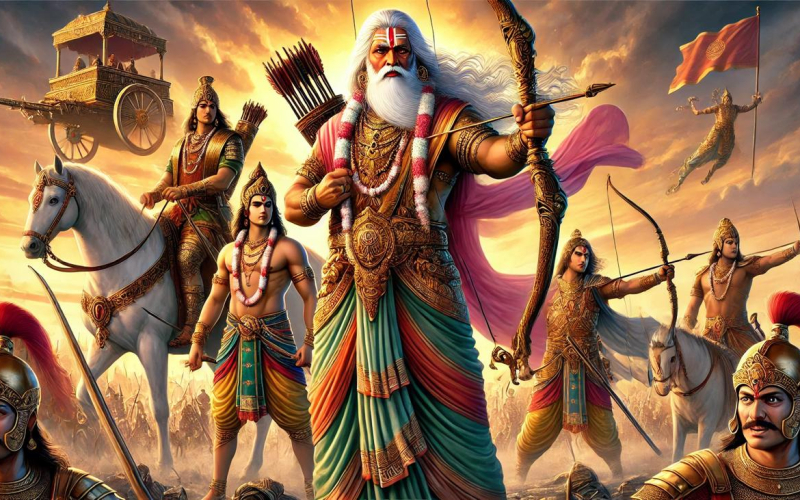
1. Vedic Origins
● Ayurveda is regarded as an Upaveda of the Atharva Veda, one of the four main Vedas. The Atharva Veda contains hymns and rituals related to health, disease, and their cures, including the use of herbs, mantras, and natural elements.
● The Rig Veda also mentions medicinal plants and the healing powers of the Ashwin Kumars, the divine physicians, indicating the early roots of medical knowledge.
2. Pre-Vedic Oral Tradition
● Ayurveda is believed to have originated as part of the oral tradition of the Vedas. The knowledge of healing was transmitted orally by sages and only later codified in texts like the Charaka Samhita and Sushruta Samhita.(Guru-shishya parampara)
● This suggests that Ayurveda existed as a practical science long before it was documented, making it a precursor to the Ramayana and Mahabharata.
3. Ayurveda in the Ramayana and Mahabharata
Both epics contain references to Ayurvedic principles, further affirming that the system was well-established by the time these stories were composed.
In the Ramayana:
● Sanjivani Herb: The most famous reference to Ayurveda is Hanuman’s search for the Sanjivani Booti, a life-restoring herb, to save Lakshmana. This underscores Ayurveda’s advanced understanding of medicinal plants and their therapeutic properties.
● Forest Medicines: The epic frequently mentions the use of herbs and treatments derived from the forests, where sages practiced medicine.
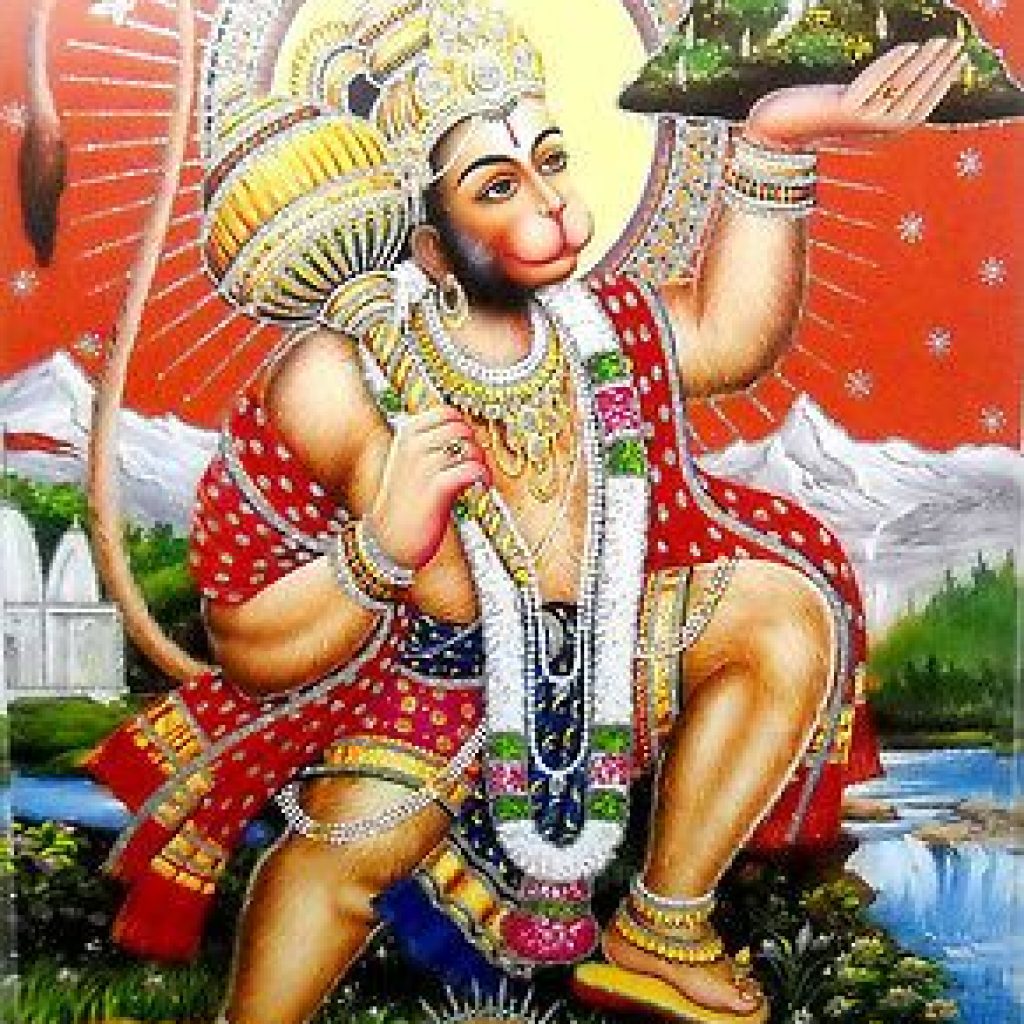
Natural Environment and Ayurvedic Knowledge
The Ramayana is replete with vivid descriptions of forests, rivers, and mountains, often portrayed as sources of healing and sustenance. These natural settings underline the ecological foundation of Ayurveda, which relies on understanding and utilizing nature for health and well-being.
● Panchavati Forest: During Rama, Sita, and Lakshmana’s exile, the Panchavati forest provides not only shelter but also food and medicinal resources. This demonstrates the Ayurvedic practice of living in harmony with nature.
● Dandakaranya Forest: Descriptions of this vast forest highlight its flora and fauna, reflecting an understanding of biodiversity crucial for Ayurvedic medicine.
Ayurveda in Emotional and Mental Well-Being
Ayurveda extends beyond physical health to address emotional and mental well-being—a theme mirrored in the Ramayana. The epic explores the impact of emotions like grief, anger, and devotion on physical health, aligning with Ayurveda’s belief that the mind and body are deeply interconnected.
● Sita’s Resilience: Despite her prolonged captivity in Lanka, Sita remains physically and emotionally resilient, reflecting the Ayurvedic principle of maintaining inner strength through mental discipline, prayer, and a sattvic lifestyle.
● Rama’s Leadership and Balance: Lord Rama embodies the ideal balance of the doshas, demonstrating composure, courage, and compassion even under extreme adversity. His character serves as a reminder of the Ayurvedic ideal of harmonious living.
Healing and Rejuvenation in Ashram Life
The Ramayana frequently describes the tranquil environments of hermitages (ashrams), where sages like Rishi Valmiki, Bharadwaja, and Agastya resided. These ashrams served not only as spiritual centers but also as hubs of Ayurvedic learning and practice. They were surrounded by forests rich in medicinal plants and herbs, emphasizing a symbiotic relationship between human life and nature—a core tenet of Ayurveda.
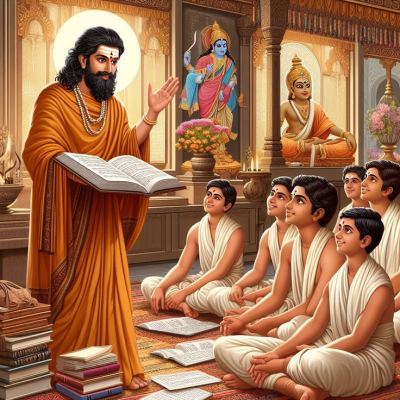
In the Mahabharata:
● Ashwini Kumars: The divine healers are referenced in the Mahabharata, showing the recognition of their role in Ayurvedic medicine.
● Ayurvedic Treatments: The warriors used Ayurvedic treatments for wounds and injuries during the Kurukshetra War, including poultices and herbal remedies.
● Bhishma’s Healing: Bhishma, despite his grievous injuries, was kept alive using Ayurvedic principles, allowing him to impart his wisdom on the bed of arrows.
● Kamyaka Forest:
During their exile, the Pandavas reside in the Kamyaka forest, a place teeming with medicinal plants and herbs. The forest serves as both a source of nourishment and healing, reflecting Ayurveda’s emphasis on the symbiotic relationship between humans and nature.
● Dhaumya’s Guidance:
Sage Dhaumya, the Pandavas’ spiritual guide, provides them with knowledge about the forest’s flora and fauna. His teachings often include the identification and use of herbs for health and healing.
● The Pandavas’ adaptation to varying climatic conditions during their exile reflects the
Ayurvedic principle of ritucharya—aligning lifestyle with the seasons to maintain balance and well-being.
● Several characters in the epic, including Yudhishthira and Vidura, advocate for a simple, sattvic (pure) diet. A sattvic diet, as prescribed by Ayurveda, emphasizes fresh fruits, vegetables, grains, and dairy products to promote mental clarity and physical health. The dietary choices of the Pandavas during their exile often reflect Ayurvedic principles.
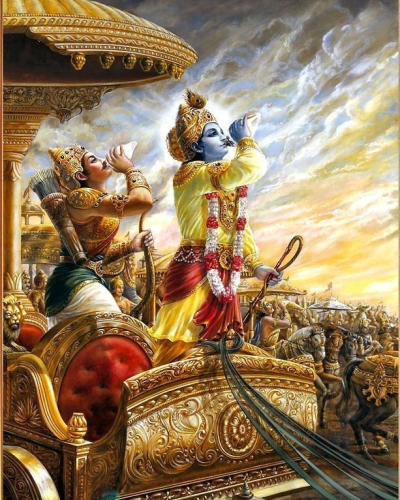
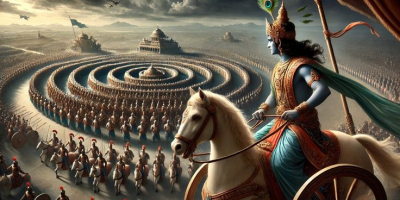
4. Timeline Correlation
● Vedic Period (1500–500 BCE): The foundational concepts of Ayurveda emerge alongside the Atharva Veda.
● Ramayana (~500 BCE – 300 BCE): Ayurveda is already mature and widely practiced, with references to its methods.
● Mahabharata (~400 BCE – 400 CE): Further mentions of Ayurvedic practices confirm its prominence and ongoing evolution.
This timeline supports the idea that Ayurveda predates these epics, having already achieved a sophisticated understanding of health and medicine by the time they were written.
5. Ayurveda as a Living Tradition
● While the Ramayana and Mahabharata serve as narratives with spiritual and ethical teachings, Ayurveda has always been a practical and living tradition, evolving through time but rooted in the eternal principles of the Vedas.
● Its foundational texts, such as the Charaka Samhita and Sushruta Samhita, were likely systematized after the Vedic period but carried forward the ancient oral wisdom that predated the epics.
To to the summarize, The Vedic references descent of Ayurveda (Ayurveda Avatarana) are found in the ancient scriptures that form the foundation of Indian knowledge systems. While the Vedas themselves do not present Ayurveda in its fully developed form, they provide the philosophical and spiritual framework from which Ayurveda emerged. The detailed narrative of its origin is elaborated in later classical Ayurvedic texts like the Charaka Samhita, Sushruta Samhita, and Ashtanga Hridaya, but they trace their roots back to the Atharva Veda and the Rig Veda.
Why Ayurveda Matters in Today’s World ?
Importance of Ayurved
The pressures of modern life—stress, poor dietary habits, environmental toxins—have led to a surge in chronic diseases and lifestyle disorders. Ayurveda provides an antidote by offering practical tools to prevent and address these issues. At the heart of Ayurveda lies a deep understanding of how your body functions. Our Ayurveda courses are designed to bridge ancient wisdom with modern living, empowering you to take charge of your health.
As we reconnect with the ancient wisdom of Ayurveda, we discover not only a system of healing but also a way to live in harmony with ourselves and the world around us. Whether you’re seeking relief from specific health issues or looking to deepen your understanding of holistic wellness, our Ayurveda courses and consultations are your gateway to transformation. They’ll empower you to unlock the secrets of your body, embrace balance, and lead a vibrant life.
Start your Ayurvedic journey today—your future self will thank you!


